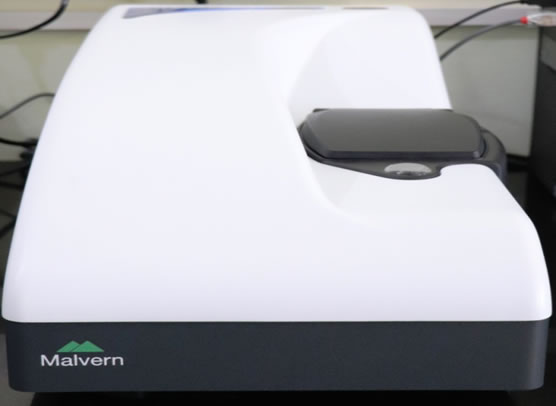


For explanation of parameters that might be displayed here consult pages 5-10 for size measurements and pages 5-15 for zeta measurements. What does ‘Size Quality Report’ tell me?Ī. Although, for particles of ~63 nm and smaller in diameter these values do not have to be accurate because the Rayleigh theory dominates in this regime, as a particle size is much smaller than the wavelength of light. Refractive index and absorption of the material are necessary for accurate Intensity to Volume conversion. What values do I need to know to examine my sample?Ī. However, in that case, accurate values for refractive index should be used in SOP preparation as these values are used to calculate volume data from the intensity through the Mie theory. Volume and number distributions can then be used to compare sizes from sample to sample. It can be hard to interpret the data, if the sample contains a wide range of sizes or even a small amount of a large contaminant. Intensity generally should be used, particularly for samples of uniform size. Volume and number distributions are calculated from the intensity. The instrument measures the intensity of scattered light it is the most accurate measurement. What is the difference between Intensity, Volume, and Number distributions for Size analysis?Ī.
#MALVERN ZETASIZER NANO ZS USER MANUAL FULL#
An attenuator value of 11 indicates that full laser power is used for data collection, as such, the concentration of your sample should be increased. Samples showing “Attenuator” values of 6-9 are generally preferred.
#MALVERN ZETASIZER NANO ZS USER MANUAL SERIES#
To achieve the best results, a concentration series should be done. In general, samples for zeta potential measurements have to be optically clear or only slightly turbid. There is not an easy answer for this question as it depends on the optical properties of the particles, the particle size and polydispersity of the sample. What is a good concentration for my sample?Ī. The minimum volume of a sample for low volume quartz cell is 12 μL. Disposable polystyrene cuvettes require 1 mL of a sample, folded capillary cells take 0.75 mL. What is the volume of the sample needed for measurements?Ī. Dip cell for zeta potential measurements of non-aqueous samples is available upon request. “Disposable” multiuse folded capillary polystyrene cuvettes for size/zeta measurements are located by the instrument. Disposable polystyrene cuvettes are available at the instrument. Low volume quartz cuvette is available for check out. What cuvettes are available for the experiments?Ī. Contact the supervisor prior to performing experiments at high or low temperatures. The instrument has a temperature controller capable at examining samples from 2oC to 90oC. Samples that absorb in this region are not suitable for analysis. Zetasizer nano uses a laser with λ=633 nm. What are some of the specifications of the instrument?Ī.


 0 kommentar(er)
0 kommentar(er)
